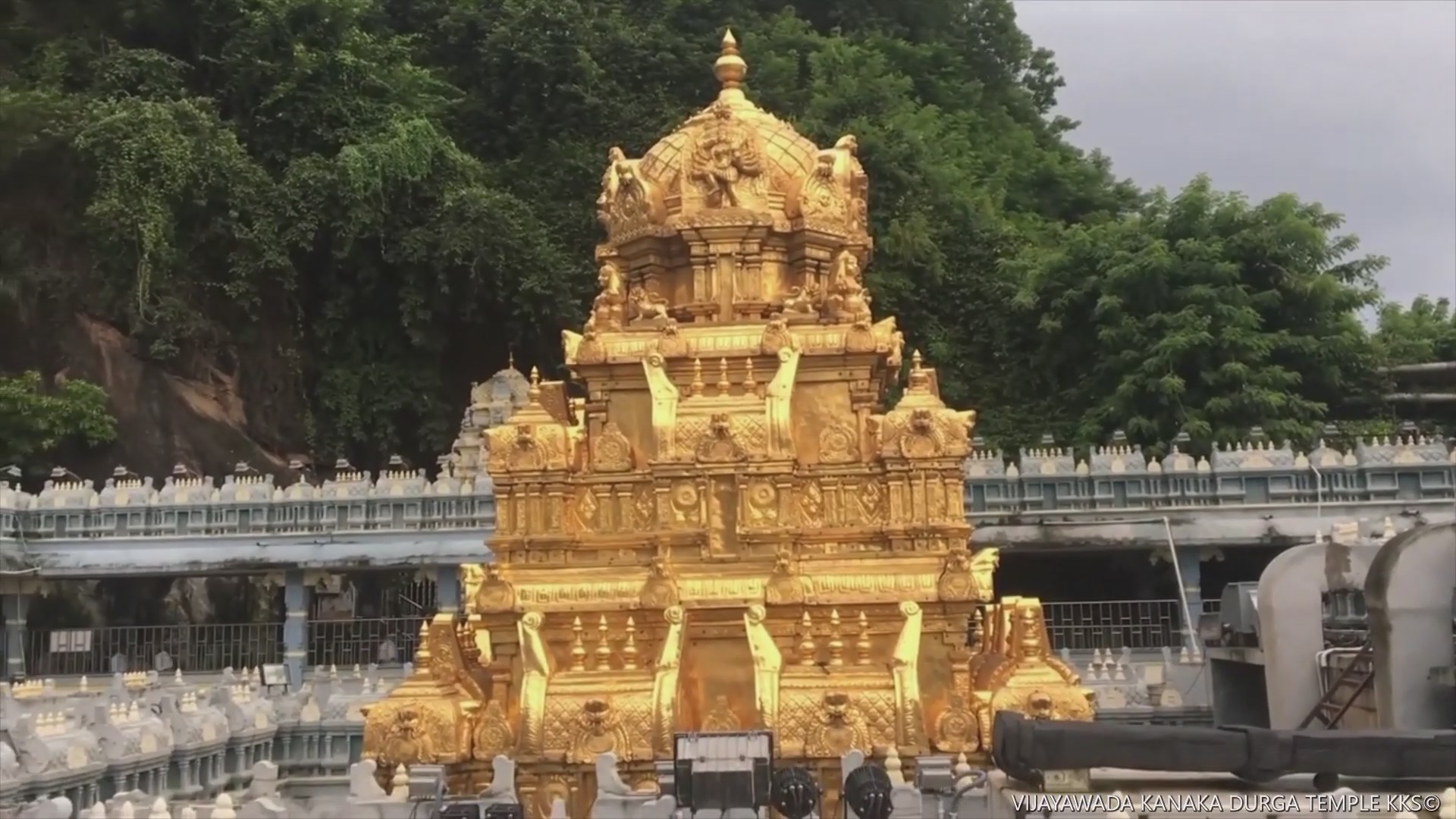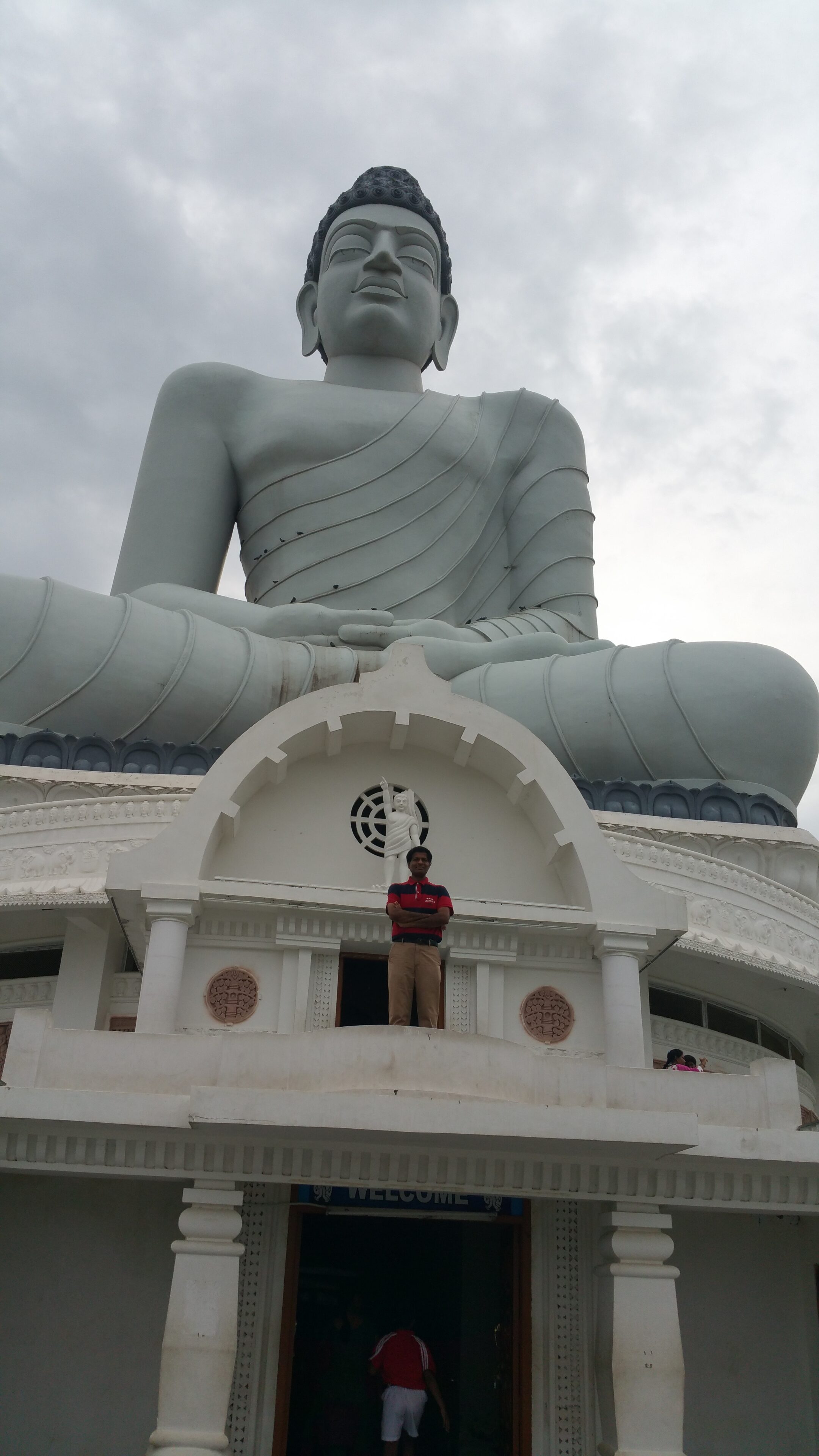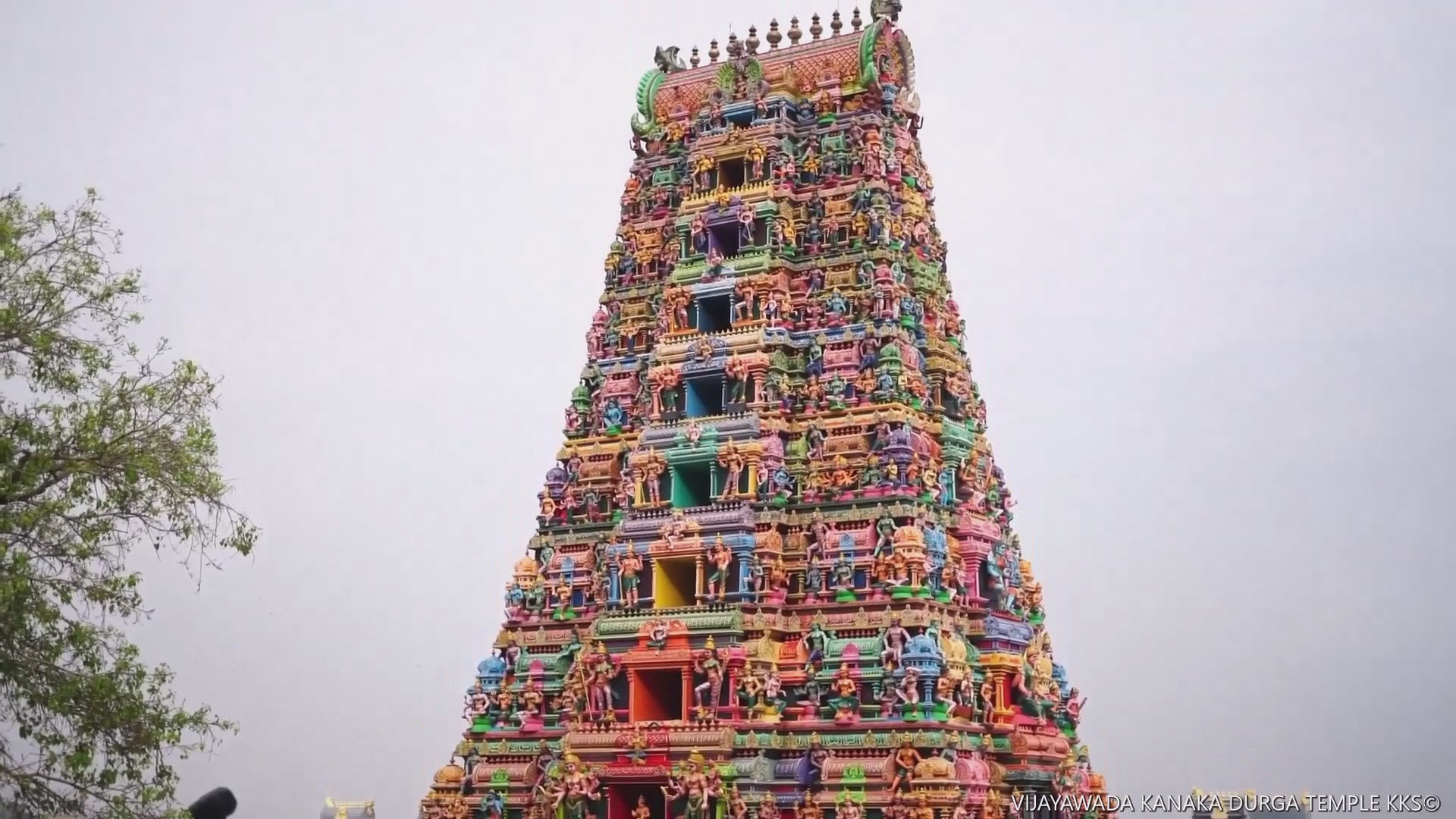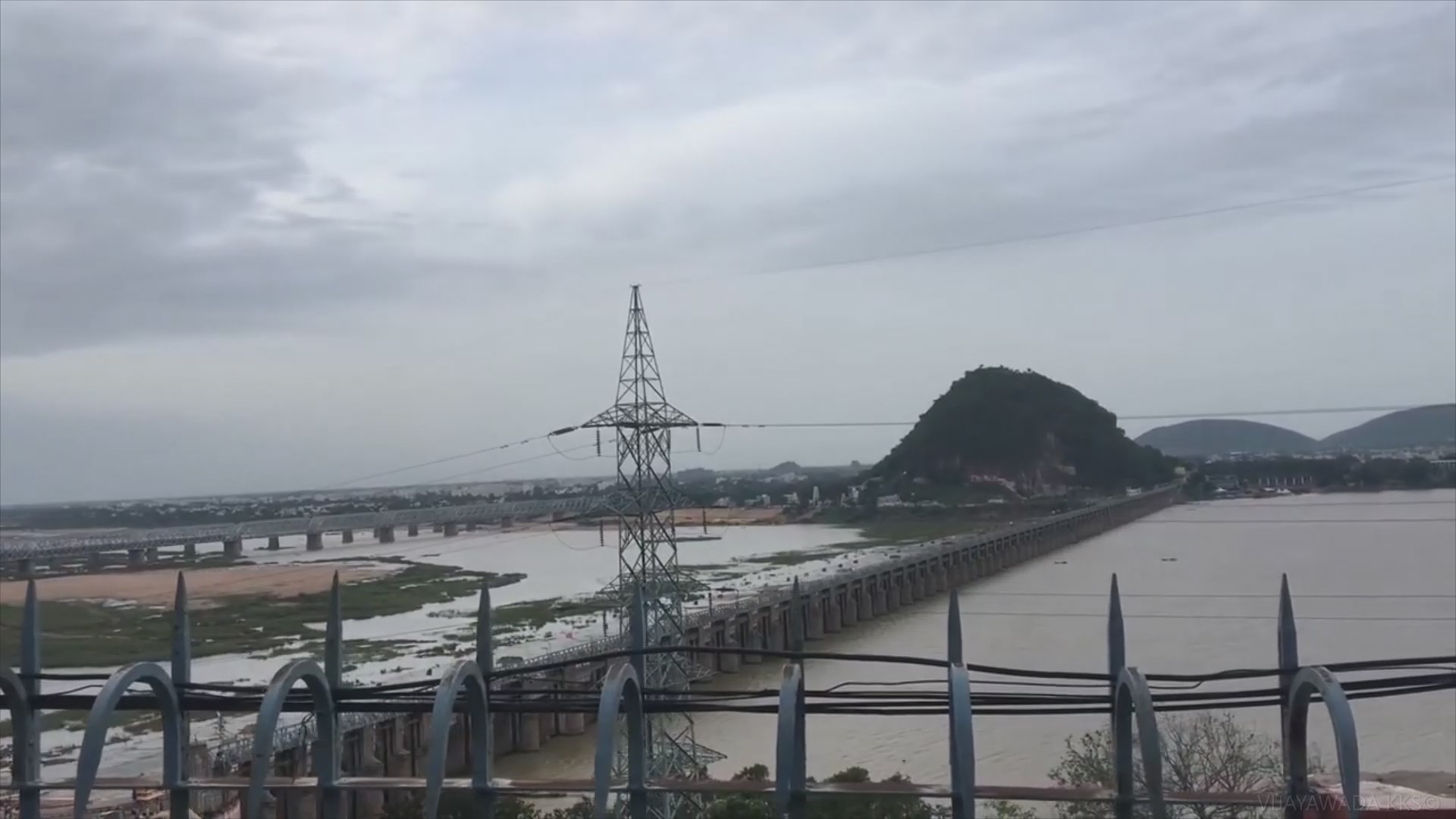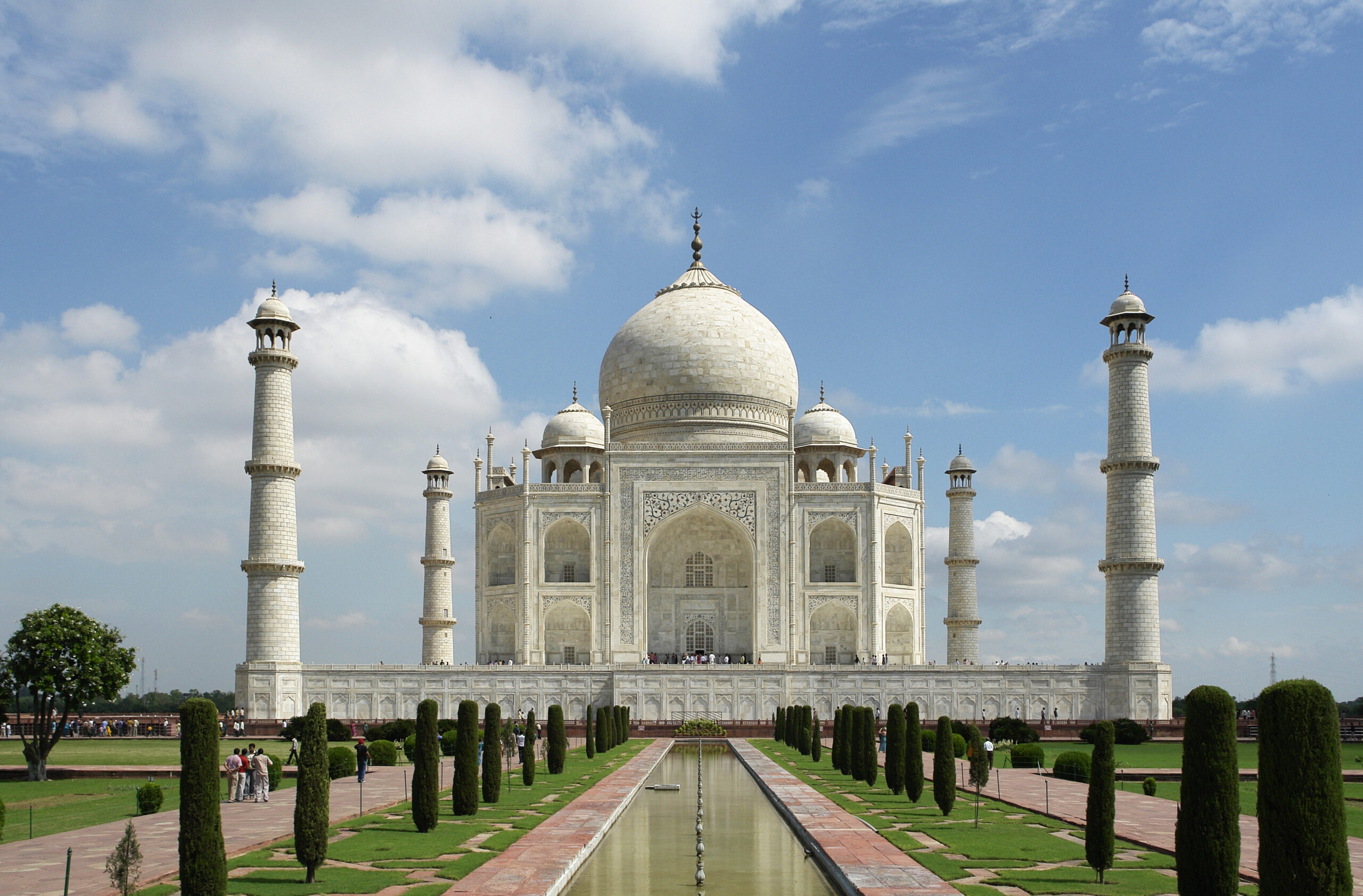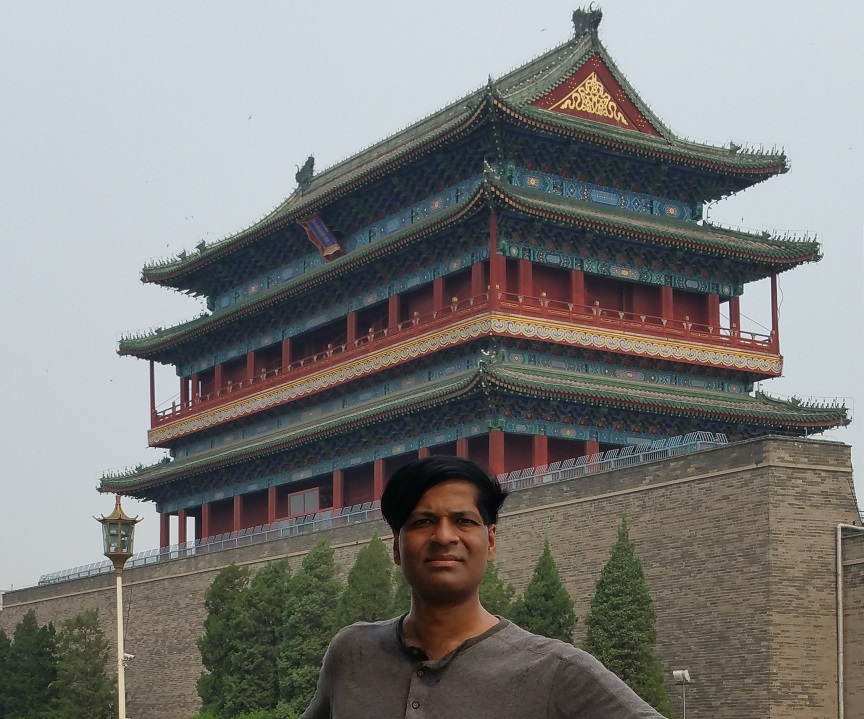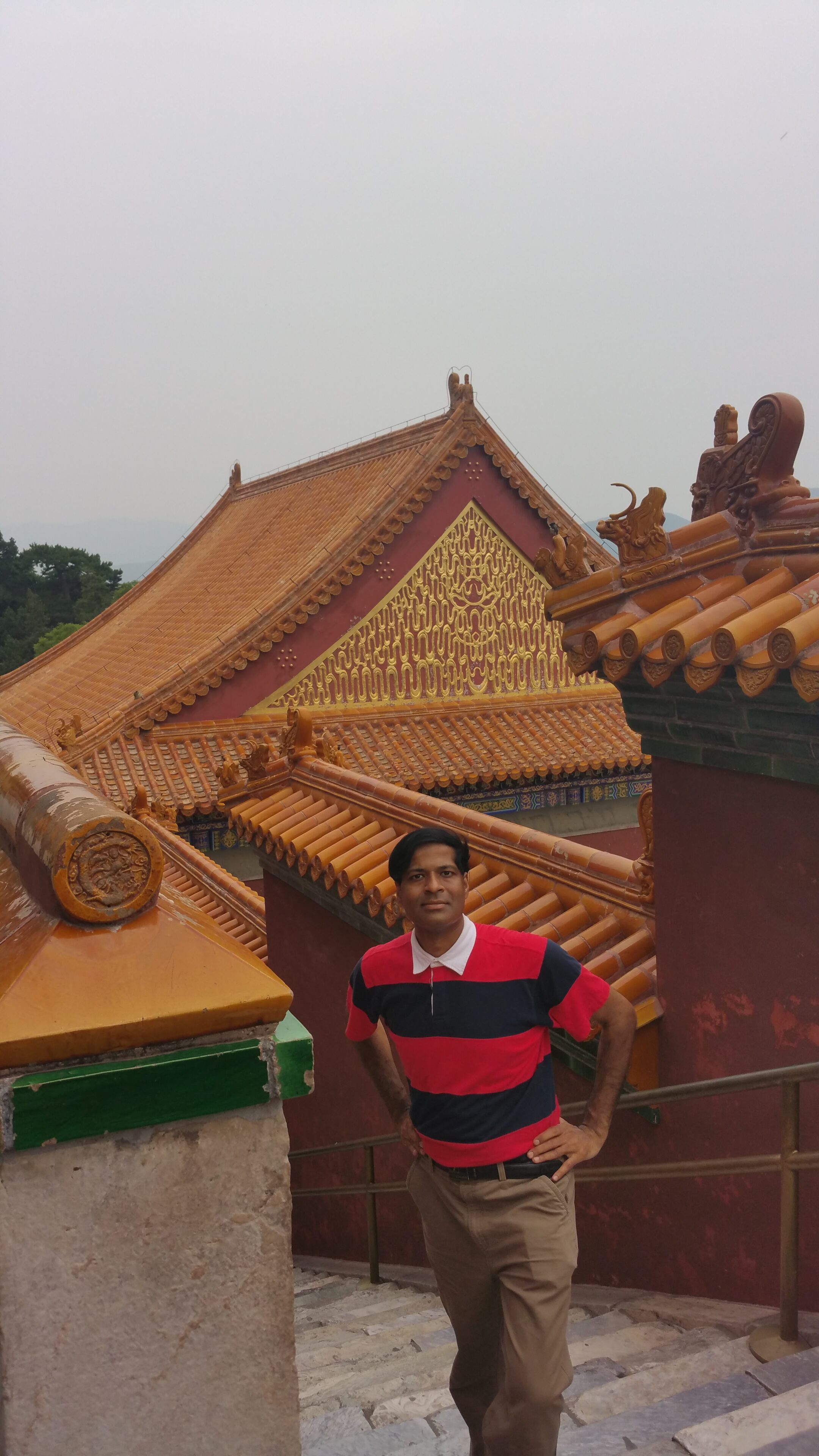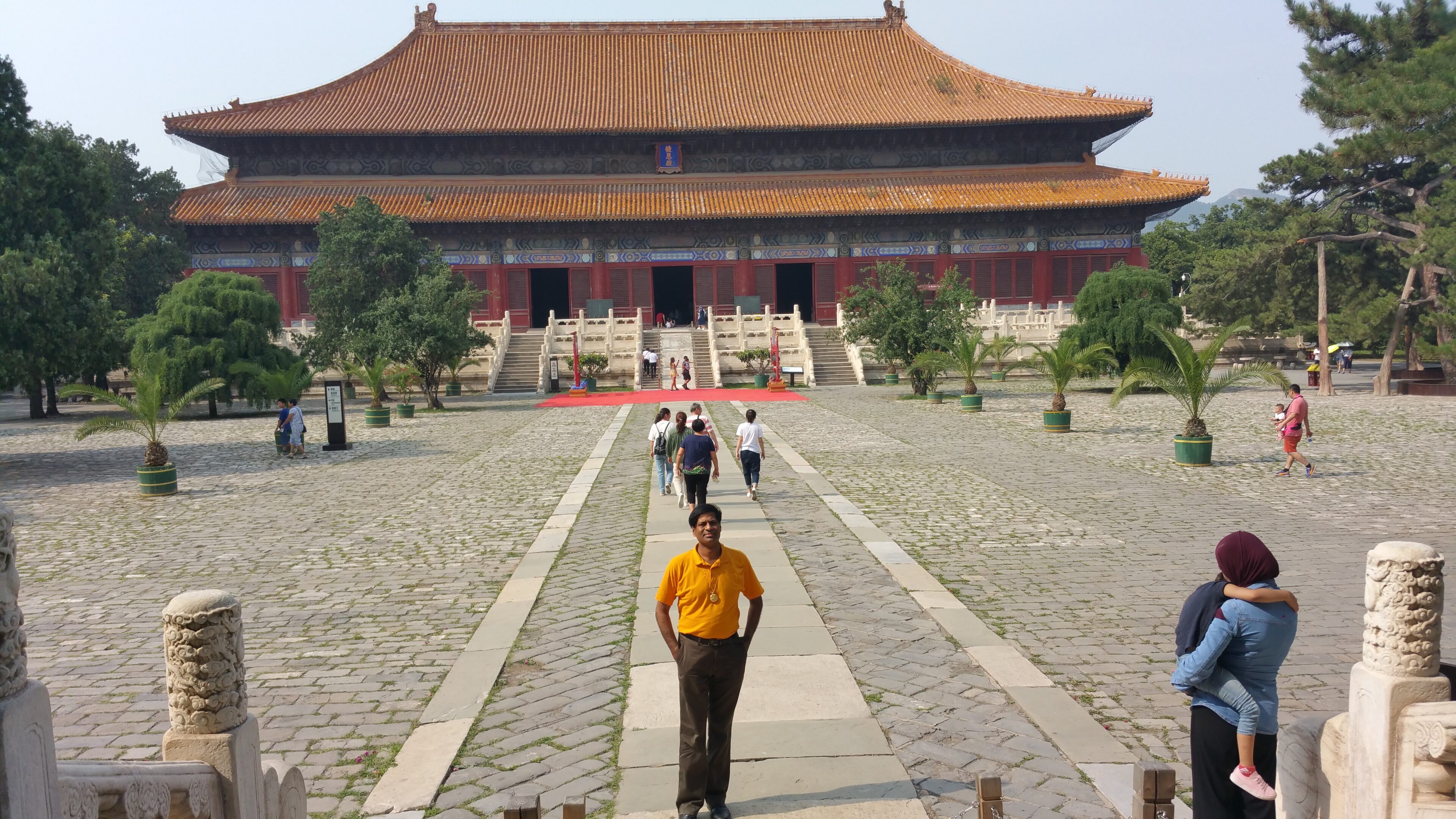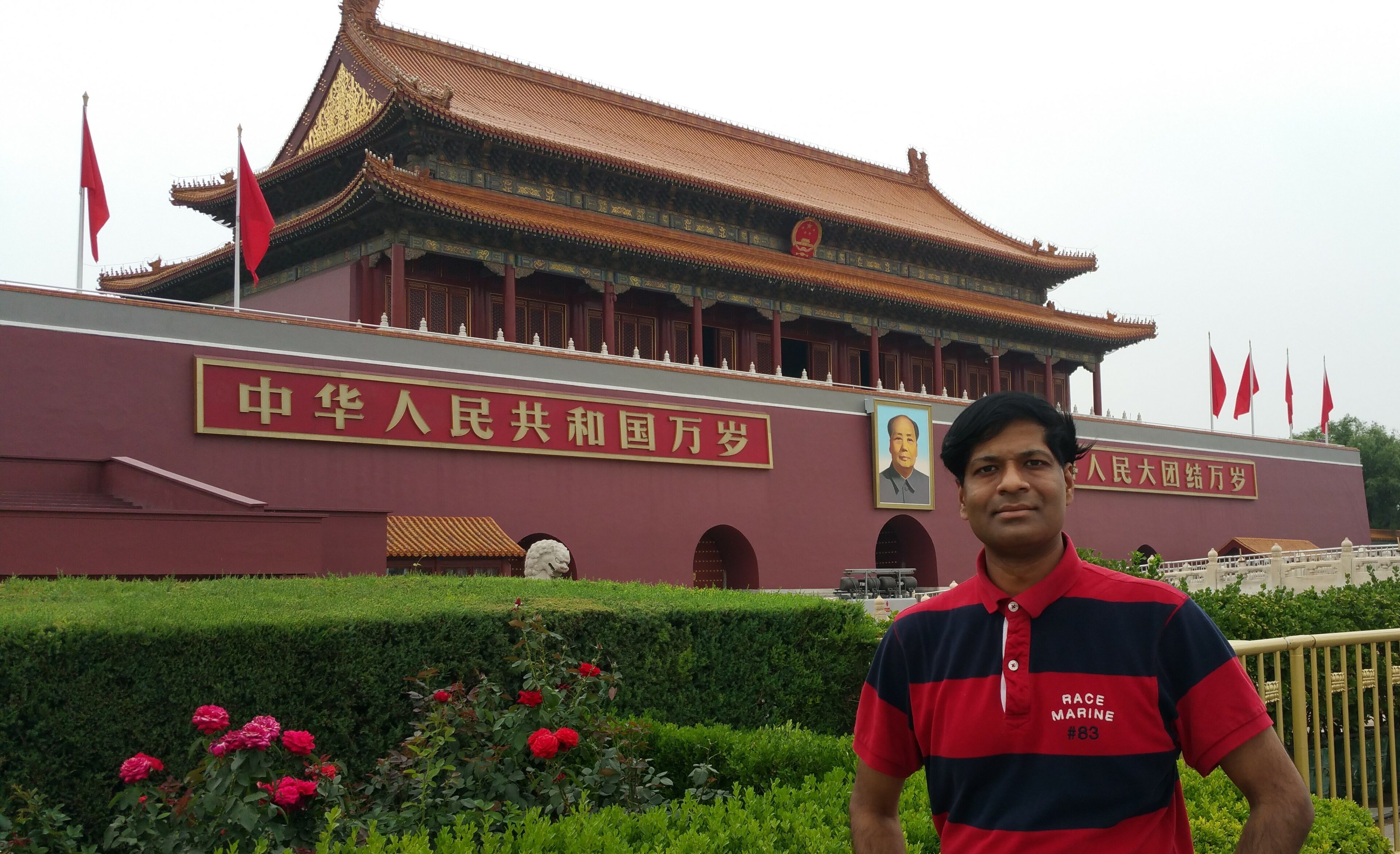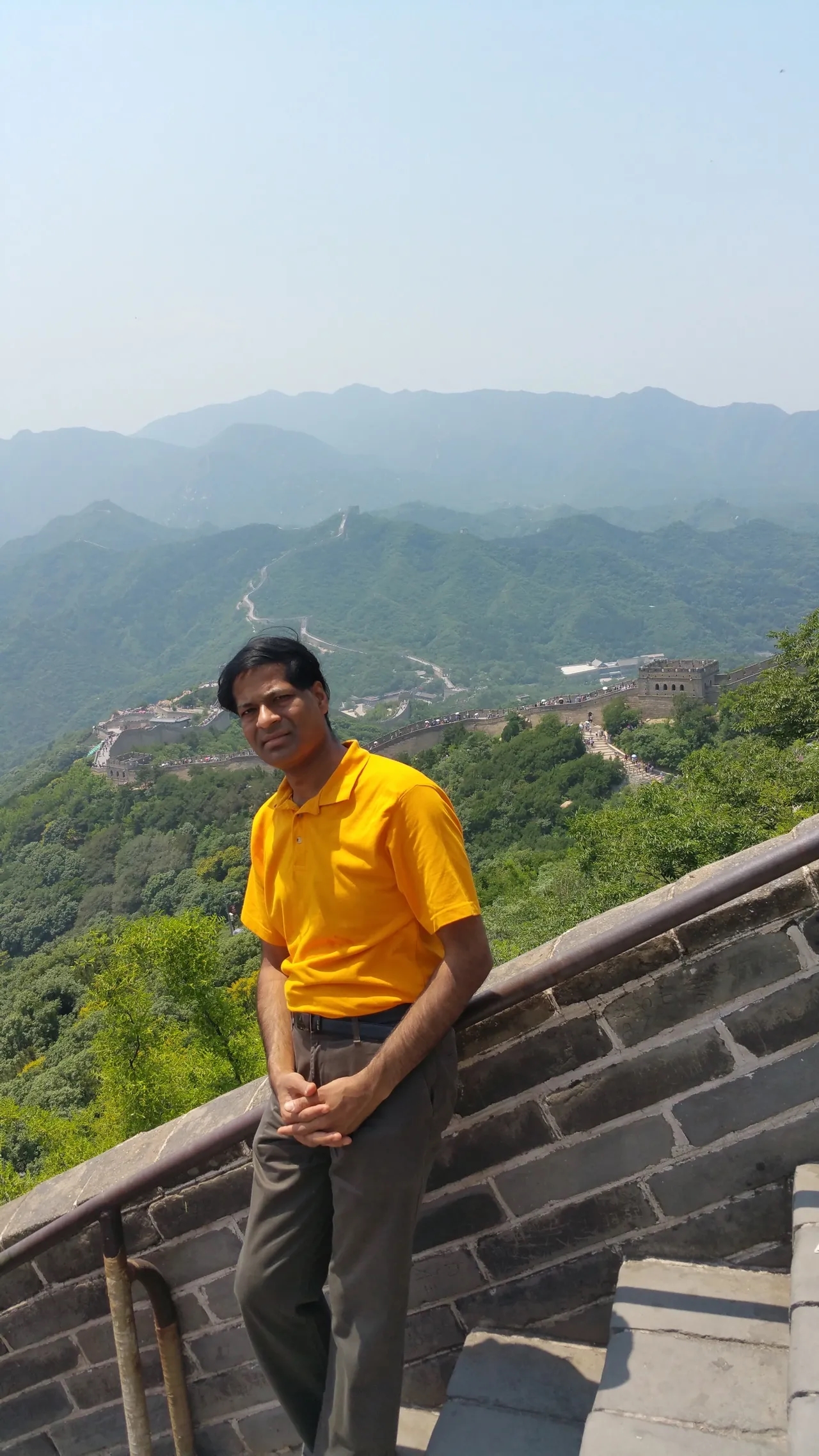AMARAVATI 3 : THE ETERNAL CITY
AMARAVATI 2 : VIJAYAWADA : THE CITY OF VICTORY 2
AMARAVATI 1 : VIJAYAWADA : THE CITY OF VICTORY 1
TAJ MAHAL : AN ICON & A WORLD WONDER 6 – THE DETAILS
BEIJING TIAN’AN MEN SQUARE
Tiananmen Square or Tian’anmen Square (天安门 Pinyin: Tiān’ānmén) is a city square in the centre of Beijing, China, named after the Tiananmen (‘Gate of Heavenly Peace’) located to its north, separating it from the Forbidden City. The Tiananmen (“Gate of Heavenly Peace”) is a gate in the wall of the Imperial City, was built in 1415 during the Ming dynasty. The square contains the Monument to the People’s Heroes, the Great Hall of the People, the National Museum of China, and the Mausoleum of Mao Zedong. Mao Zedong proclaimed the founding of the People’s Republic of China in the square on October 1, 1949 – the anniversary of this event is still observed there.Tiananmen Square is within the top ten largest city squares in the world (440,500 m2 – 880×500 m or 109 acres – 960×550 yd)
BEIJING YIHEYUAN : UNESCO WORLD HERITAGE SITE
MING TOMBS : UNESCO WORLD HERITAGE SITE
BEIJING : THE FORBIDDEN CITY (PALACE MUSEUM)
The Forbidden City (Chinese: 故宫; pinyin: Gùgōng) is a palace complex in central Beijing, China. It houses the Palace Museum, and was the former Chinese imperial palace from the Ming dynasty to the end of the Qing dynasty (the years 1420 to 1912). The Forbidden City served as the home of emperors and their households as well as the ceremonial and political center of Chinese government for almost 500 years. Constructed from 1406 to 1420, the complex consists of 980 buildings and covers 72 hectares (over 180 acres). The palace exemplifies traditional Chinese palatial architecture and has influenced cultural and architectural developments in East Asia and elsewhere. The Forbidden City was declared a World Heritage Site in 1987 and is listed by UNESCO as the largest collection of preserved ancient wooden structures in the world. Since 1925, the Forbidden City has been under the charge of the Palace Museum, whose extensive collection of artwork and artifacts were built upon the imperial collections of the Ming and Qing dynasties. Part of the museum’s former collection is now in the National Palace Museum in Taipei. Both museums descend from the same institution, but were split after the Chinese Civil War. Since 2012, the Forbidden City has seen an average of 15 million visitors annually, and received more than 16 million visitors in 2016 and 2017
THE GREAT WALL OF CHINA>LONGEST STRUCTURE
The Great Wall of China (Chinese: 萬里長城; pinyin: Wànlǐ Chángchéng) is the collective name of a series of fortification systems generally built across the historical northern borders of China to protect and consolidate territories of Chinese states and empires against various nomadic groups of the steppe and their polities. This collection of fortifications known as the Great Wall of China.The Great Wall of China, one of the greatest wonders of the world, was listed as a World Heritage by UNESCO in 1987. Just like a gigantic dragon, it winds up and down across deserts, grasslands, mountains and plateaus, stretching approximately 21196 kilometers from east to west of China with a history of about 2700 years. It took more than 2,500 years to finish the construction of the Great Wall. The wall was not built in a single time period, but combined effort of many states and dynasties in history
